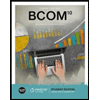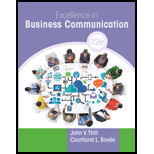
To critically think about:
The message strategy suitable for a situation where an announcement that describes the plan to invite back 50 employees who were laid back earlier that year.
Introduction:
Routine business messages:
In business communication, the routine messages check the “who, what, where, when, why, and, how” in an operation. This includes areas such as order confirmations, bug reports, contract terms, etc.
Positive business messages:
Includes the positivity in a business communication by being clear, encouraging, considerate, and straight to the point. This makes sure that the receiver interprets the intended message sent accurately and with a good mindset.
Negative business messages:
Messages that include delivering a bad news, making sure the receiver accepts the news, maintaining the benevolence of the reader, maintaining company reputation, and minimizing future correspondence on the matter.
Persuasive business messages:
Includes a situation where an attempt at changing someone’s attitudes, beliefs, or action is in consideration. These have a complex mix of listening, speaking, and tweaking the messages to align with the motivations of the audience.
Want to see the full answer?
Check out a sample textbook solution
Chapter 10 Solutions
Excellence in Business Communication (12th Edition)
- Hello tutor solvearrow_forwardThe stock of UCD has just been sold in an initial public offering at a price of $165 per share. One week after this offering, the stock has risen to $195. You believe the stock will rise to $225 over the coming year. You expect UCD to pay a $15 dividend during the coming year. If you require a rate of return of 30%, do you believe this is a good investment at the current price of $195? a. Yes, the holding period return is 33.33% greater than 30%. b. No, the holding period return is 25.64% less than 30%. c. No, the holding period return is 23.08% less than 30%. d. No, the holding period return is 15.38% less than 30%.arrow_forwardSolve jackson problarrow_forward
- Consider the figure. A perfectly price-discriminating monopolist will produce ○ A. 162 units and charge a price equal to $69. ○ B. 356 units and charge a price equal to $52 for the last unit sold only. OC. 162 units and charge a price equal to $52. OD. 356 units and charge a price equal to the perfectly competitive price. Dollars per Unit $69 $52 MR 162 356 Output MC Darrow_forwardCompute the amount of raw materialsarrow_forwardAccounting questionarrow_forward
 BUSN 11 Introduction to Business Student EditionBusinessISBN:9781337407137Author:KellyPublisher:Cengage Learning
BUSN 11 Introduction to Business Student EditionBusinessISBN:9781337407137Author:KellyPublisher:Cengage Learning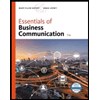 Essentials of Business Communication (MindTap Cou...BusinessISBN:9781337386494Author:Mary Ellen Guffey, Dana LoewyPublisher:Cengage Learning
Essentials of Business Communication (MindTap Cou...BusinessISBN:9781337386494Author:Mary Ellen Guffey, Dana LoewyPublisher:Cengage Learning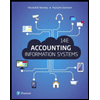 Accounting Information Systems (14th Edition)BusinessISBN:9780134474021Author:Marshall B. Romney, Paul J. SteinbartPublisher:PEARSON
Accounting Information Systems (14th Edition)BusinessISBN:9780134474021Author:Marshall B. Romney, Paul J. SteinbartPublisher:PEARSON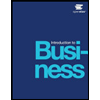
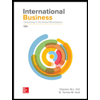 International Business: Competing in the Global M...BusinessISBN:9781259929441Author:Charles W. L. Hill Dr, G. Tomas M. HultPublisher:McGraw-Hill Education
International Business: Competing in the Global M...BusinessISBN:9781259929441Author:Charles W. L. Hill Dr, G. Tomas M. HultPublisher:McGraw-Hill Education